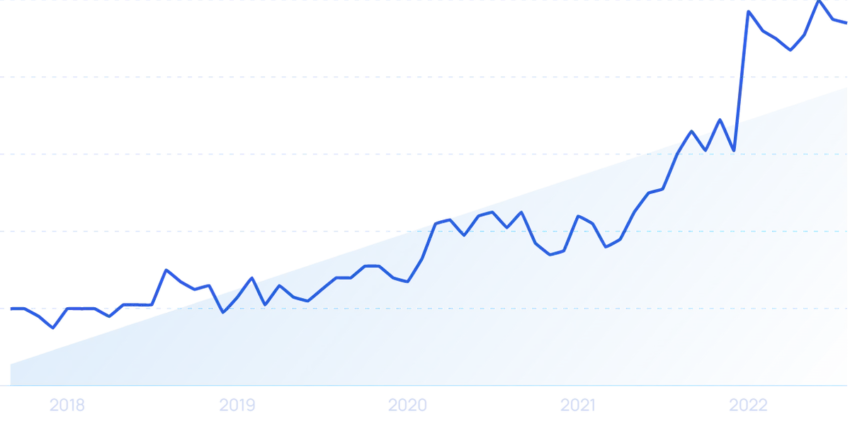TL;DR Summary of Top 11 Software Development Trends in 2025
Optimixed’s Overview: Key Innovations and Challenges Shaping Software Development in 2025
Artificial Intelligence Enhancing Software Productivity and Industry Impact
AI tools such as GitHub Copilot dramatically increase developer productivity and are expanding into industries like healthcare for cost reduction and efficiency. Robotic Process Automation (RPA) automates routine business tasks, freeing skilled workers for higher-value work. AI code assistants continue to gain traction, simplifying app creation.
Shift Toward Low-Code/No-Code Platforms and Cloud Computing
- Low-code/no-code development is reducing technical barriers, accelerating deployment, and delivering strong ROI for enterprises adopting these platforms.
- Cloud computing adoption surged due to remote work trends, with growing demand for cloud-native engineers and substantial investments by major firms like Accenture and Amazon.
Rising Security Threats and the Move to DevSecOps
Ransomware attacks remain a critical threat, including sophisticated double extortion tactics. Organizations are increasingly deploying security automation and investing in cyber insurance. The DevSecOps model integrates security throughout development processes, enabling faster, safer software delivery and cost reductions.
Programming Languages, IoT, and Software Architecture Advances
- Rust gains popularity due to its memory safety and performance features, supported by major tech companies.
- The Internet of Things (IoT) ecosystem is expanding rapidly, with billions of connected devices enhancing healthcare monitoring and supply chain tracking.
- Microservices architecture replaces monolithic designs, improving scalability, agility, and maintainability of applications with tools like Docker containers.
Blockchain Beyond Cryptocurrency and Workforce Challenges
Blockchain technology is increasingly used in secure software solutions, especially in healthcare and decentralized applications (dApps). Despite its potential, security incidents like hacks pose risks. Meanwhile, a growing IT skills shortage drives companies to outsource and invest in training programs to bridge the talent gap.
Progressive Web Apps (PWAs) Delivering Improved User Experiences
PWAs combine the accessibility of websites with app-like features such as offline use and push notifications, offering a cost-effective alternative to native apps. Brands like Starbucks have leveraged PWAs to boost engagement and orders.
Summary
The software development landscape in 2025 is characterized by rapid technological advances, increasing security demands, and workforce adaptation. Integrating AI, cloud services, low-code platforms, and modern architectures is essential for businesses to remain competitive. However, challenges like cybersecurity risks and talent shortages require strategic responses to fully realize the benefits of these innovations.
